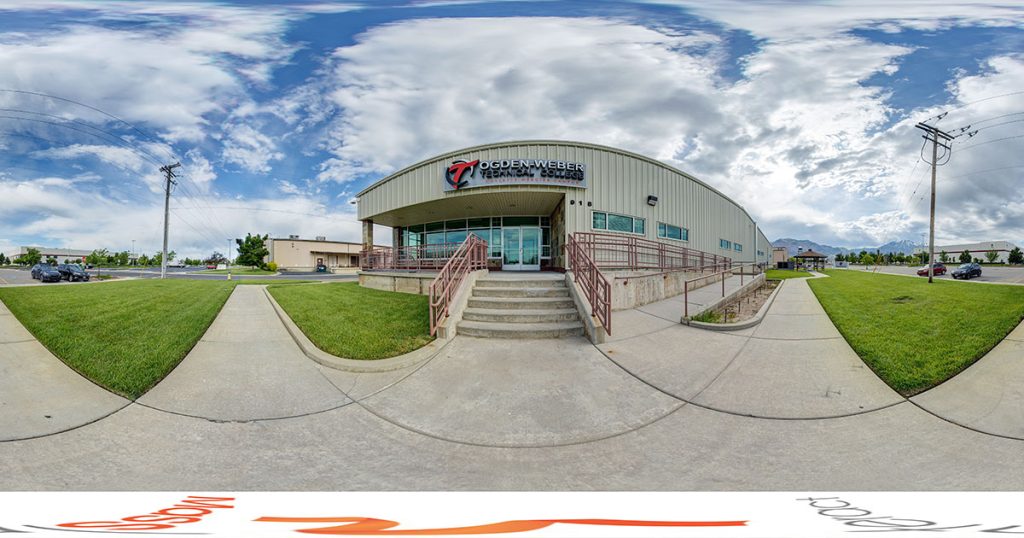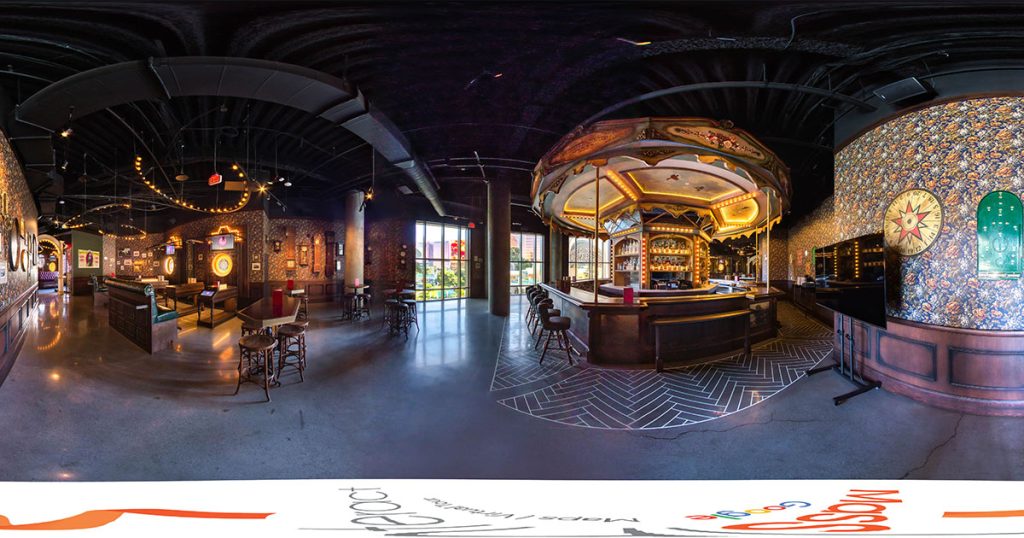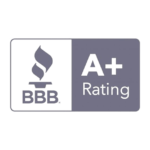Thanks to the intense competition online businesses face these days (with every small and big brand vying for customer attention), it isn’t surprising that many of them are using virtual tours to gain a competitive edge. And it’s not just hotels, gyms and spas that are using these 360 degree tours to attract and engage potential customers. Higher education institutes like colleges and universities have also adopted these tours to bring in more applications and make the students’ online experience better. Moreover, the COVID outbreak made it essential for colleges to replace in-person campus visits with virtual tours for introduction and orientation. In fact, close to 1.4 million people watched campus virtual tours on YouVisit from March to April this year.
However, with so many virtual tours for education out there, you need to follow these best practices, to stand out and convince students to choose you over others:
- Tell a story – Did you know that the average age of those who take virtual tours of colleges is 16.6? This means, they are at that juncture of life when they have plenty of dreams as well as questions, and they are keen to know if your college will take care of them and nurture their ambitions. So, your virtual tour should clearly tell them why you are unique as an institution and better than others. It might be your awesome location, beautiful campus, great recreational facilities, vast library or the exclusive courses you offer. Here is how the Art Institute of Vancouver nailed it.
- Focus on the basics – No matter how wonderful your college virtual tour is, it won’t engage with students unless it is easy to find and navigate. So, have it on the Home page of your website or on the Admissions page. The tour should load quickly but look compelling too. Share the tour on social media pages as students are more likely to come across it there, given their age. Also, the tour should be easy to explore across all devices. Check out how University of Windsor is making it happen.
Read – How Virtual College Tours are Changing the Student Recruitment Game - Ensure an immersive experience – This basically means that students should be able to imagine themselves on your campus, in various settings, whether they are doing their own thing or interacting with others. In other words, your college virtual tour shouldn’t just be a walk through the different campus areas or facilities. Like, instead of just showing what the cafeteria or classrooms look like, cover the types of foods served or students attending a live teaching session. Highlight students having fun in the dormitories or counselors offering career guidance. This will show candidates that your institution is a living, breathing affair and can actually cater to their needs.
- Use Call to Action or CTA for better engagement – University virtual tours need to incorporate powerful and specific call to actions to convert the viewer into an applicant. For example, if your tour zeroes in on the admission office at the end, include a button for application here to nudge the prospective candidate to apply online. Or, if your state and city regulations permit, you can add a link to schedule an in-person visit later on. CTAs can also encourage a student to ask more questions or connect on social media.
To wrap up, virtual tours have become absolutely necessary for higher education institutes to reel in candidates, impress them, and establish a meaningful connection. After all, this year, high school students are checking out such tours at a 228% higher rate than in 2019. So, if you feel that you need some expert guidance to put together a unique virtual tour, just email us at info@massinteract.com.
Must Read – Get Your College the Attention It deserves with a Custom Virtual Tour






















